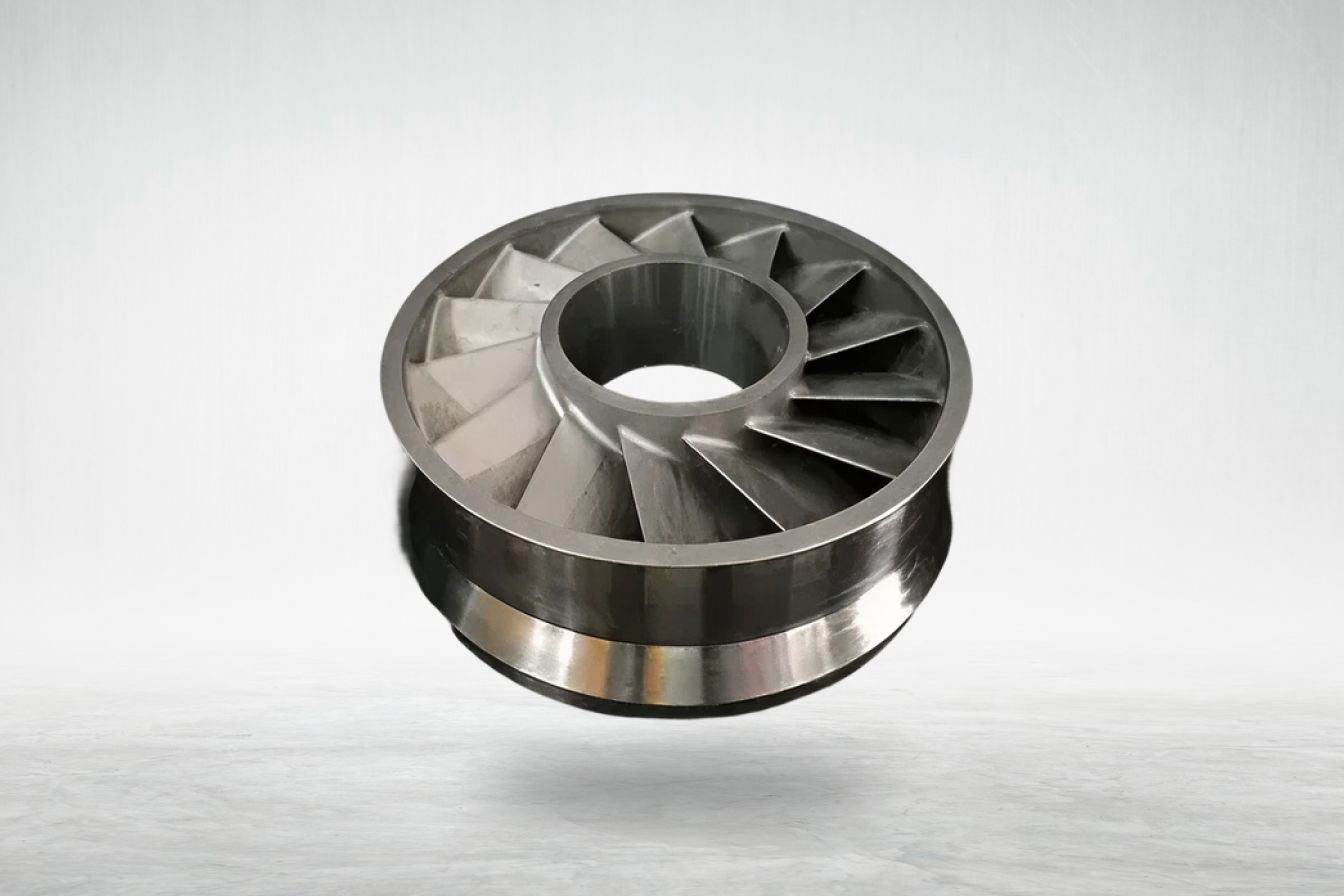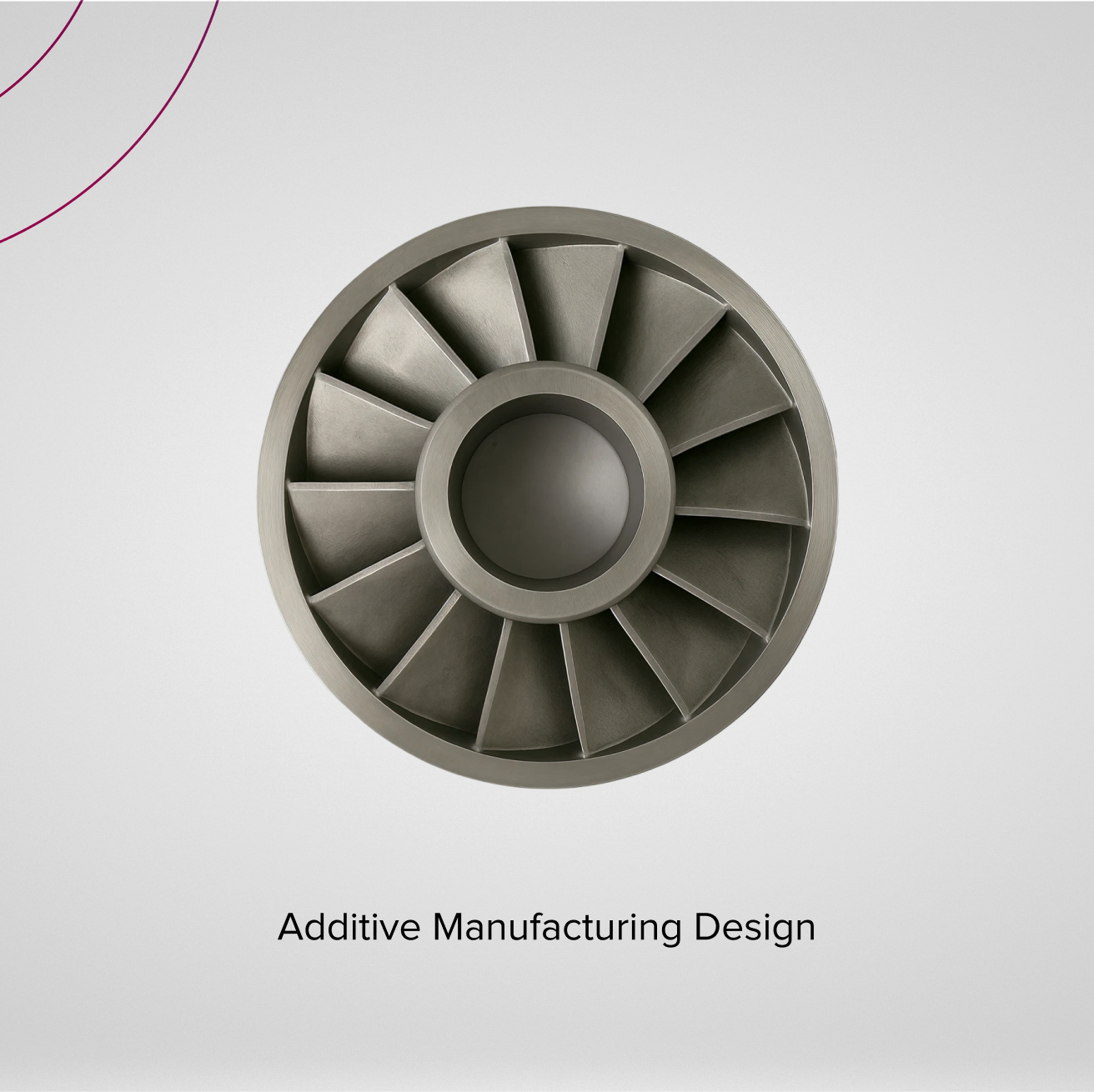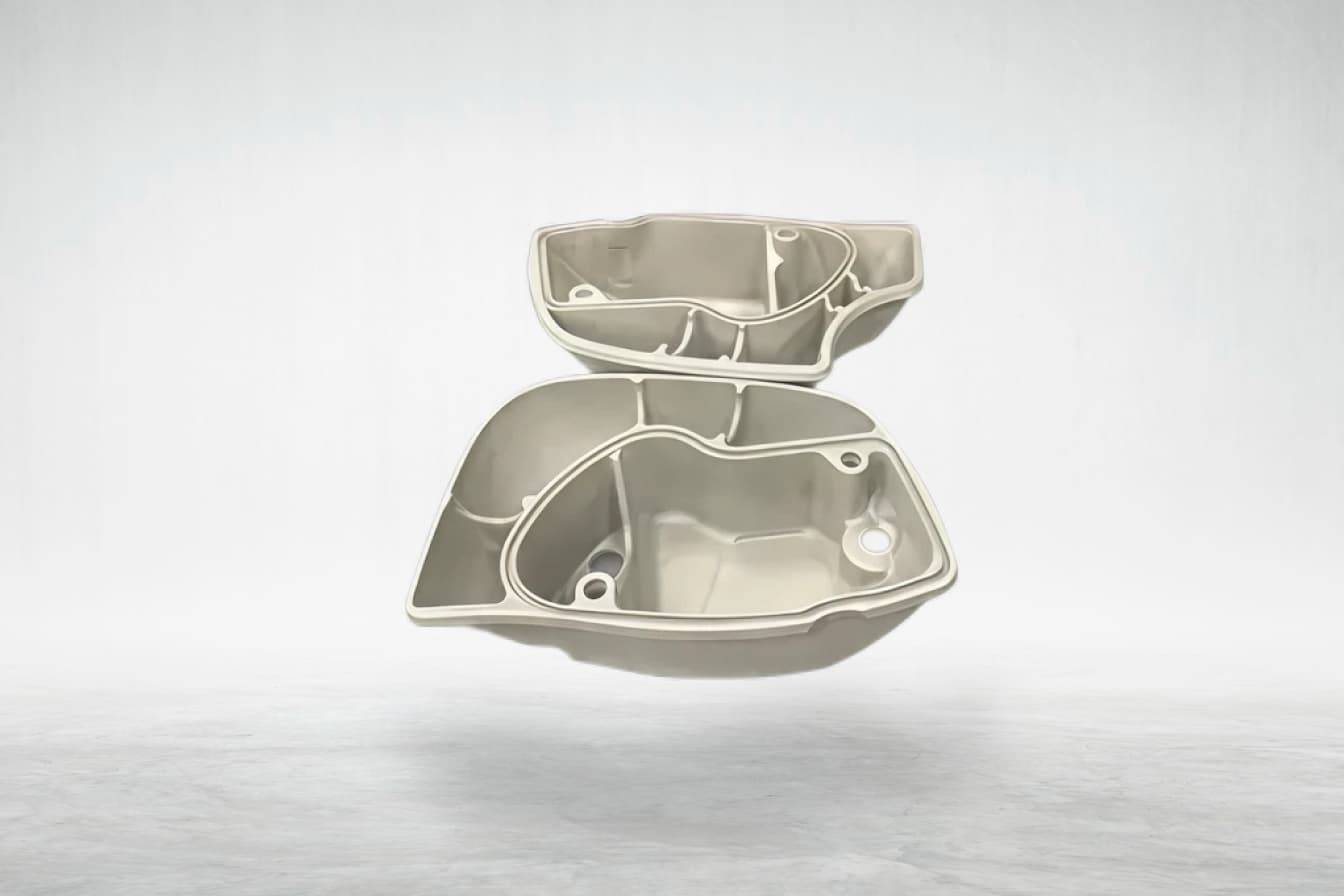LPFT Straightener
The LPFT Straightener is part of a liquid propellant fuel pump system in a semi cryogenic...

CATEGORY
space
MATERIAL
Ti6Al4V
Additive Manufacturing is reaching outer space. Where every gram counts, in an environment with extreme cyclic temperature variations and harsh forces during the launch, the functional life of components is a critical part of design considerations. Wipro 3D has re-engineered, developed, and proved out flight-ready components in short “re-design to realize” lifecycles.
Private space enterprises, state-run-space organizations, and other members of the space industrial ecosystems are replacing existing and conventional geometries, with designs using the freedom of design that Additive Manufacturing brings, leading to significant impact on performance. Components such as antennae, wave guides, brackets, thrusters, main oxidizer valves, combustion chamber liners, and propellant injectors, are either in the prototyping stage or are actually flying.
About the Project

AM Competencies Used
Post Processing
Finish-Machining was done to achieve the desired surface finish.
Build Technology
The component with this complex geometry was realized as a monolith.

AM Value Addition

Time-to-realize
The component was realized in less than a weeks time.




